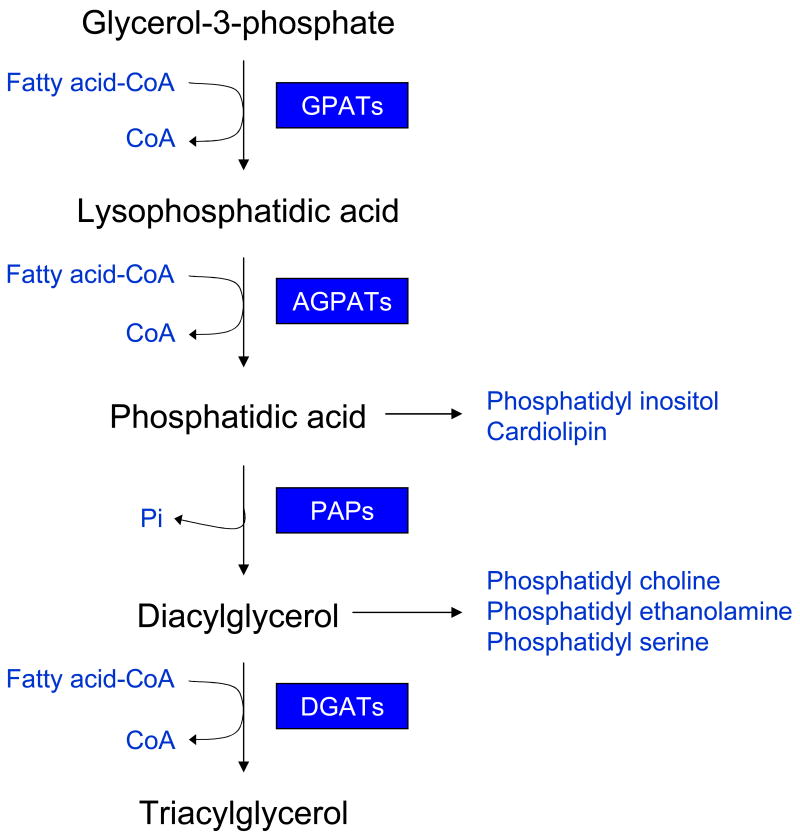Fig. 2. The triglyceride and glycerophospholipid biosynthetic pathway in the adipose tissue.
Adipose tissue requires glycerol-3-phosphate as the initial substrate for triglyceride and glycerophospholipid biosynthesis. Initially, glycerol-3-phosphate is acylated using fatty acyl coenzyme A (FA-CoA) at the sn-1 position by the class of enzymes called glycerol-3-phosphate acyltransferases (GPATs), and forms 1-acylglycerol-3-phosphate or lysophosphatidic acid (LPA). Further acylation of LPA at the sn-2 position by the enzymes called 1-acylglycerol-3-phosphate acyltransferases (AGPATs or LPAATs) results in formation of phosphatidic acid (PA). Phosphatidic acid phosphatases then remove the phosphate group from PA to produce diacylglycerol (DAG). Further acylation of DAG at the sn-3 position by the enzymes called diacylglycerol acyltransferases (DGATs) finally produces triacylglycerol (TG). The synthesis of glycerophospholipids uses the intermediates, PA and DAG. Phosphatidylinositol and cardiolipin can be formed from PA, whereas, phosphatidylcholine, phosphatidylethanolamine and phosphatidylserine can be synthesized from DAG.

